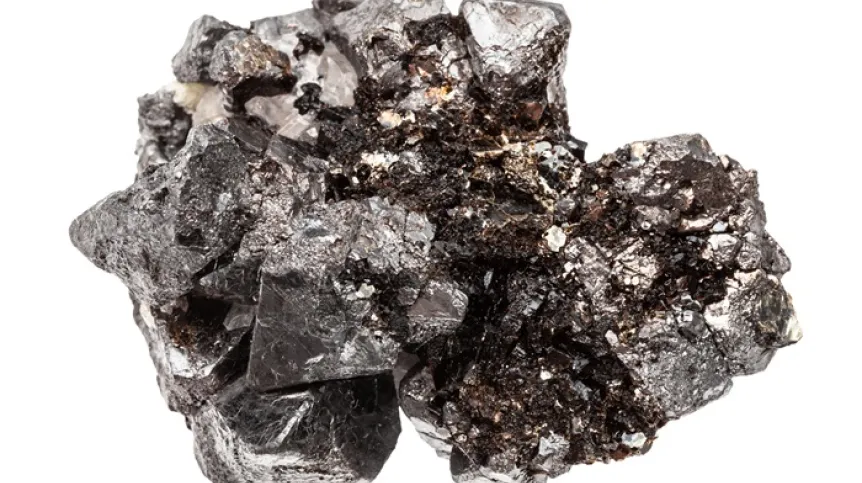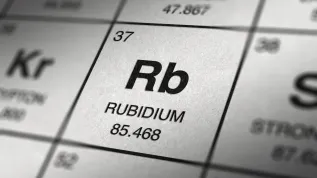
Scientists in Poland have discovered a way to give a familiar mineral new talents by “seasoning” it. A team at the University of Białystok has been experimenting with magnetite, a cheap and well-known iron oxide, by adding tiny amounts of metals to create materials that can glow and slow the growth of bacteria and fungi.
The research, published in Materials Science & Engineering B (doi: 10.1016/j.mseb.2025.118774), could lead to new coatings, filters, paints, and sensors that are functional, easy to clean, and potentially safer to use.
The Białystok team likens magnetite, which is already valued for its stability and strong response to magnetic fields, to a solid piece of meat: tough, durable, and ready to be seasoned.
Its crystal structure has tiny spaces where other atoms can be inserted, giving scientists the ability to adjust its properties in precise ways.
In their study, the researchers acted like “molecular chefs,” adding trace amounts of metals such as calcium, zinc, barium, lanthanides, and cadmium.
Each batch was carefully prepared under controlled conditions – the same base “ingredients,” the same temperature, and consistent particle sizes – before being “tasted” to measure changes in structure, light emission, and microbial activity.
X-ray analysis confirmed that the magnetite kept its basic shape, while the metals introduced subtle changes.
Some batches began to glow faintly blue-green, showing that the additions had created active sites capable of absorbing and releasing energy. Other versions proved effective at inhibiting bacteria and fungi, including Staphylococcus aureus, Bacillus cereus, E. coli, and Candida yeast.
The team says these effects come from a mix of mechanisms. Adding metals changes the arrangement of ions inside the particles and alters the surface roughness, encouraging the formation of reactive oxygen species that can damage microbes.
In some cases, the metal ions themselves contribute directly. Together, mechanical contact, chemical activity, and ionic effects combine to inhibit microbial growth – and the balance depends on the “seasoning” and the target microbe.
The researchers see their work as creating a “menu” of possibilities. Magnetic-luminescent particles could be used in coatings and filters that are easily regenerated with a magnet, in paints and inks that resist contamination, or in luminous sensors and labels that can be removed after use.
Mild “seasonings” like calcium or zinc could support environmental and public health applications, while stronger “spices” are suited to technical tasks that demand rapid and powerful results. (PAP)
kmp/ agt/
tr. RL













